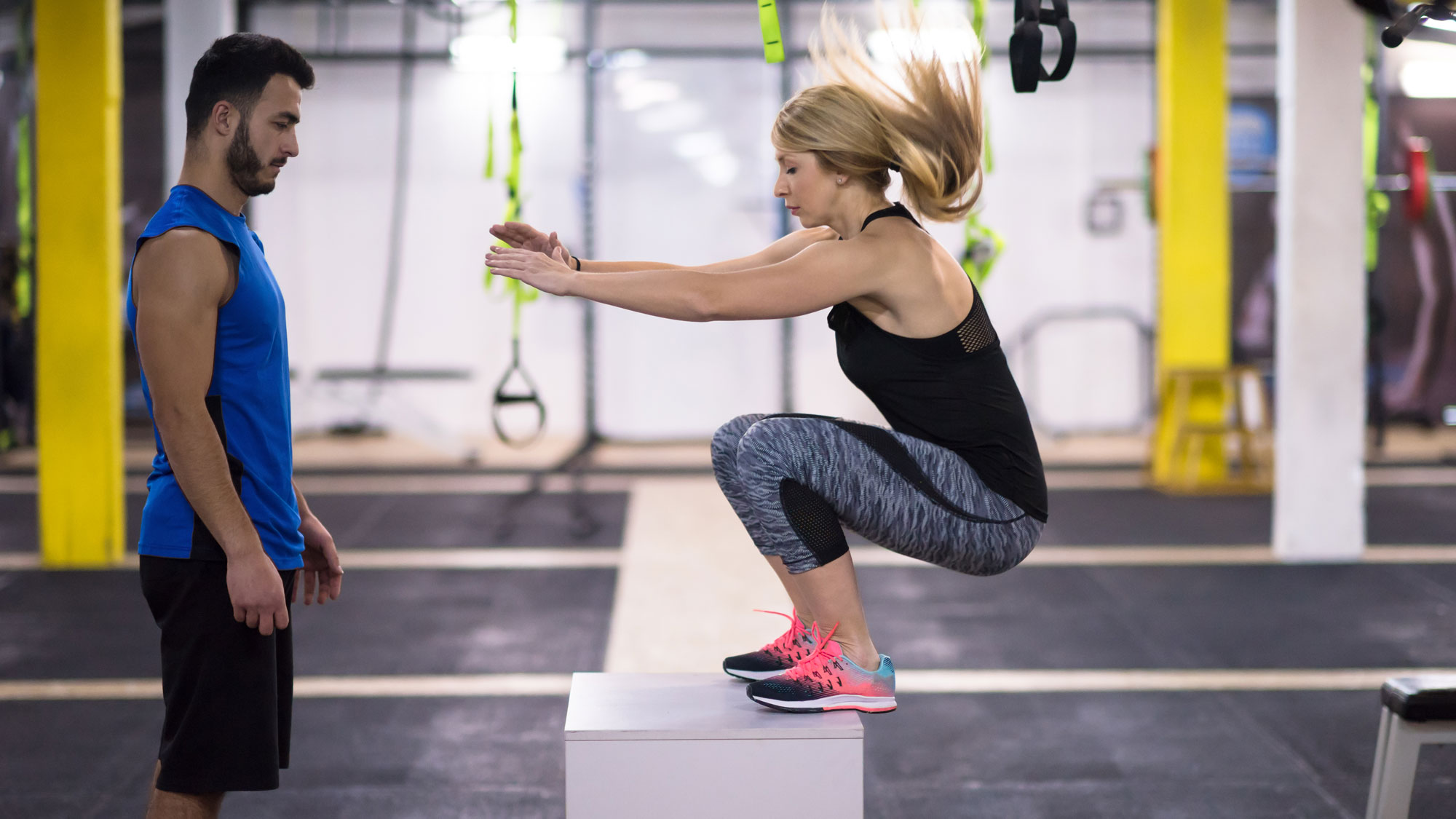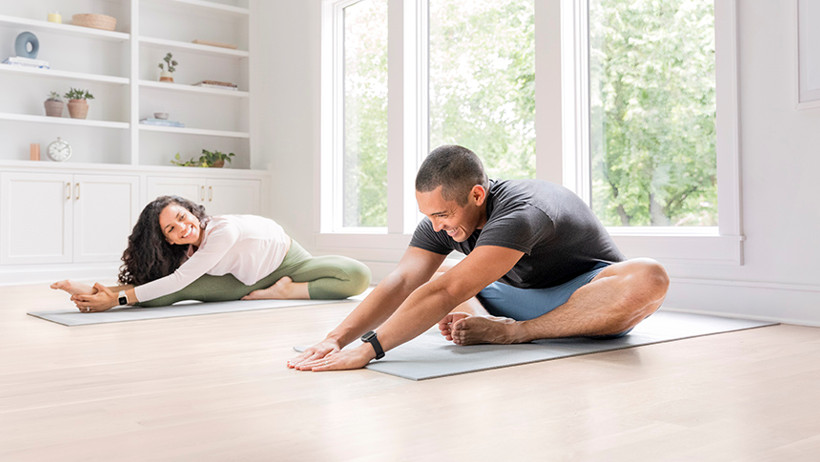Which strength and conditioning exercises will help with running?
How the gym can help your performance on the road

If you’re an enthusiastic runner looking to complete your first big race, you might have looked up a few half-marathon or marathon training plans, and noticed some of them have days earmarked for “cross-training”. This is referring to other disciplines, like strength training or yoga, that will help improve running performance and guard yourself against injury.
It stands to reason that if you are stronger and more flexible, you’re less likely to get injured than someone who just runs every day. Even if you’re the kind of person who simply straps on their best cheap running watch and jogs for fun, and you’re not interested in finishing a marathon yet, spending a little bit of time in the gym right now will ensure you stay safe and injury-free for years to come.
Resistance training is kind of like nature’s way of fighting against aging: as you get older, your muscles atrophy, shrinking and becoming less flexible, and your bones begin to lose mass. Strength training fights against all of that.
However, there’s no point doing bicep curls and pull-ups if you’re looking for exercises that will give you a boost on the road - you need to pick the right exercises for the job. Here are our picks to ensure you’re creating a stronger, faster, less injury-prone body.
1. Back squat

The back squat is the quintessential weightlifting exercise, when you place the bar across your shoulders, lower yourself down so that your thighs are parallel to the floor, and push the heavy weight back up to a standing position. It’s a classic powerlifter’s move, but it’s got plenty of applications for runners, as it strengthens your legs, glutes, core and lower back.
One study from the Journal of Strength and Conditioning Research studied football players who worked to improve their overall strength, measuring their back squat and their sprint speed. The researchers found the higher their maximum squat, the faster they sprinted on the pitch.
Working squats can help to develop explosive speed and power perfect for shorter distances, while the denser muscles and bones you’ll develop can help you better endure the rigors of the road.
Sign up for breaking news, reviews, opinion, top tech deals, and more.
2. Box jumps

Speaking of explosive speed, box jumps are a great way to train the same muscle group as the back squat in a slightly different way. You don’t need any equipment (no barbell, no squat rack, no heavy weights) and it can be done on any raised surface, such as a park bench.
You simply crouch down, and leap up onto the raised surface. This requires you to generate enough power and strength in your legs and glutes to propel you upwards, helping to generate more speed on the road in the same way as the squat.
Explosive jumping movements like this one are known as “plyometrics” in fitness circles, and they’re just as effective as heavy weights when it comes to improving your endurance running, according to researchers. If you don’t have a gym membership but still want to develop power and strength in your lower body, consider jogging to your local park, finding a bench and doing three-to-four sets of 10 box jumps.
3. Split squats

If you feel as though you need to be more stable on the roads, focusing on one leg at a time can work all those little stabilizing muscles in your hips and core you never knew were there, or that rarely get worked. Enter the split squat, an exercise that is a little like a lunge with weights, helping you focus on balance as well as strength.
Reduce the weight you’re using and focus on form, ensuring you stay upright. Split squats help to fix any imbalances in your muscles by working one leg at a time. If one leg, glute or hip is stronger than the other for whatever reason, working the other leg on its own can even things out.
In addition, working on your balance can ensure you’re more stable on the roads, promoting better body alignment and single-leg power. After all, you’re only pushing off the road with one leg at a time.
4. Stretching

Hadly anyone stretches enough. We’re not talking about a quick five-minute limber-up before your run, but taking 15 minutes three or four times a week to work on your mobility, whether after a run once you’re all warmed up, or early in the morning before work. Research has found a quick “acute stretch” before exercise won’t improve your flexibility, but dedicated regular stretching sessions will.
Why is this important? Because running a lot leads to tight calves, hips and hamstrings, due to the fact that you repeat the same movements over and over again. Stretching these muscles in the opposite direction can help loosen and lengthen your muscles, decreasing your risk of injury, helping you to feel more mobile, and undoing the damage of the aging process.

TechRadar created this content as part of a paid partnership with Garmin. It was written by a TechRadar journalist and was not sent to the funding partner for approval.

Matt is TechRadar's expert on all things fitness, wellness and wearable tech.
A former staffer at Men's Health, he holds a Master's Degree in journalism from Cardiff and has written for brands like Runner's World, Women's Health, Men's Fitness, LiveScience and Fit&Well on everything fitness tech, exercise, nutrition and mental wellbeing.
Matt's a keen runner, ex-kickboxer, not averse to the odd yoga flow, and insists everyone should stretch every morning. When he’s not training or writing about health and fitness, he can be found reading doorstop-thick fantasy books with lots of fictional maps in them.